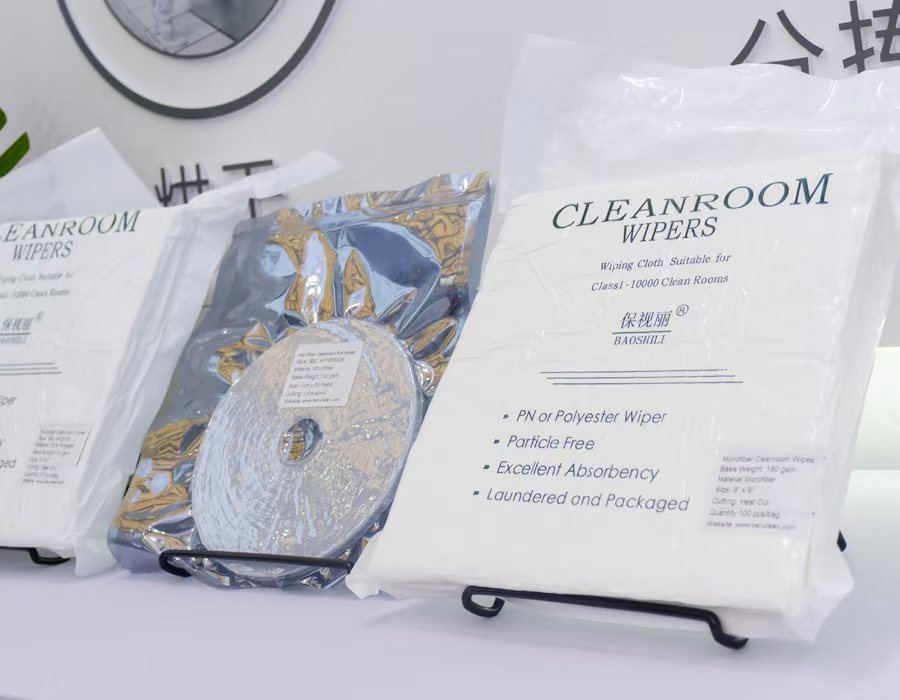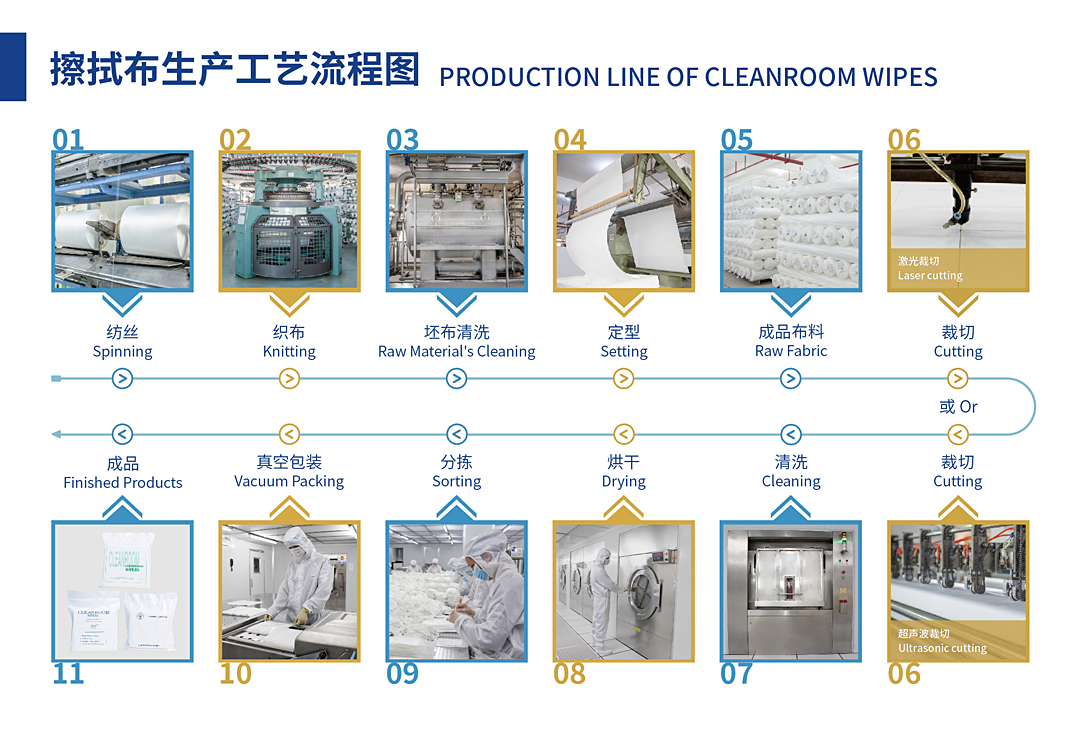AI Flywheel Drives Semiconductor Growth in 2H25 Accelerated Development of Localization for Wet Electronic Chemicals
Recently, China International Capital Corporation (CICC) released the “Semiconductor and Components Outlook for H2 2025: AI Flywheel Accelerates”. The report points out that AI has become the core engine of industry innovation, and a positive cycle of the “computing power-model-application-data” flywheel is taking shape. The import substitution of cloud computing power chips continues to advance, with domestic manufacturers gradually breaking through the barriers of major customers under supply chain constraints; the localization substitution of RF front-end modules (LPAMiD) and analog chips (industrial/automotive grades) has entered a critical period, with leading enterprises rapidly increasing their market share.
In the field of semiconductor equipment and materials, leading companies have robust backlogs of orders, and the localization rate of mature processes has significantly improved, with advanced process materials (such as CMP consumables, electronic specialty gases) undergoing accelerated verification.
1. Advanced Processes: Material Purity Challenges Driven by AI
The localization of semiconductor materials is shifting from “single-point breakthroughs” to “full-chain penetration”. The report emphasizes that the growth logic of semiconductor materials in the second half of 2025 will be driven by three major engines, including the expansion of mature process production capacity, the expansion of advanced memory production, and the acceleration of localization of advanced materials. As the localization rate of CMP consumables, electronic specialty gases, and wet chemicals in mature processes has significantly increased, their penetration into advanced processes will be accelerated.
AI is driving an increase in chip complexity, indirectly raising the bar for material purity. The demand for extreme optimization of performance, power consumption, and area (PPA) in AI chips (such as TPU, NPU, etc.) is 推动 chips to evolve towards the 3nm node. As transistor sizes shrink, any trace impurities may cause short circuits, leakage currents, or performance degradation. Therefore, the purity requirements for key chemicals such as photoresists, etching gases, and cleaning fluids have increased from the ppm level to the ppb or even ppt level.
2. Localization Solutions for Semiconductor-Grade Packaging Materials
As core materials for wafer cleaning and etching, contamination control in the transportation and storage of wet electronic chemicals has become a key bottleneck in localization. Ultra-clean packaging materials (such as PFA pipes, HDPE containers) need to meet SEMI G4 or even G5 standards.
In response to the high purity requirements of wet electronic chemicals, Baoshili has launched a series of semiconductor-grade packaging consumables, covering the entire chain of chemical transportation and storage. The products include Ultra-Clean PFA Tube, Ultra-clean PFA fittings, and Ultra-Clean HDPE Drum. Among them, multiple models such as Ultra-Clean PFA Tube and Ultra-clean PFA fittings have passed metal ion verification tests, meeting the SEMI F57 standard, and the 200L Ultra-Clean HDPE Drum (G5 grade) has entered the product verification stage.
3. Domestic Substitution Enters the "Deep Waters"
With the high capacity utilization rate of domestic leading fabs and the advancement of expansion plans, the demand for domestic wet electronic chemicals and supporting packaging materials will continue to grow. According to the latest forecast from WSTS, the global semiconductor market size will reach $700.9 billion in 2025, a year-on-year increase of 11%.
Under the "China for China" trend, the localization process in the material sector will develop in depth towards high-value-added fields - from basic chemicals to high-end packaging consumables, from mature processes to advanced logic/storage chip production lines, and a full industrial chain collaborative upgrade has already taken shape.


